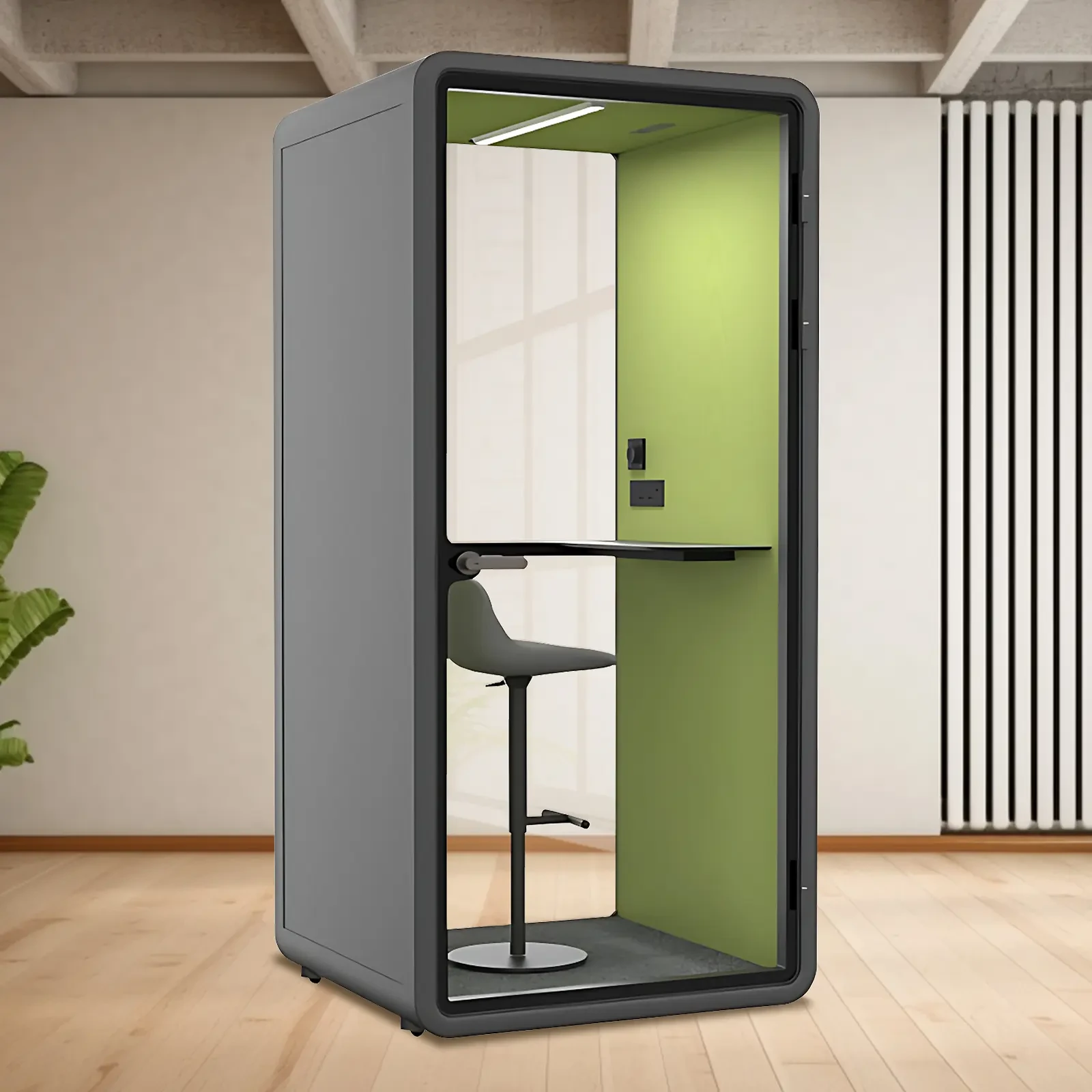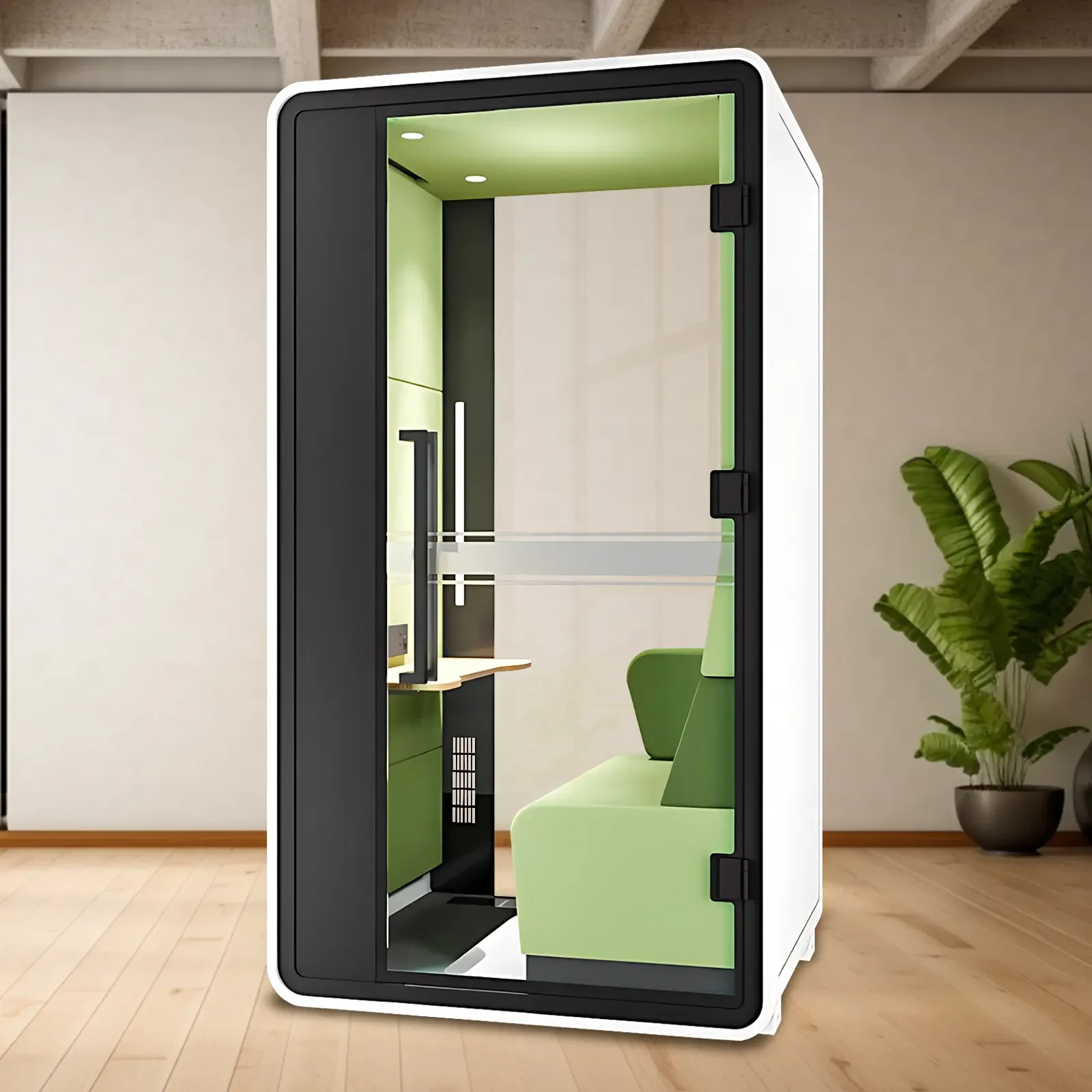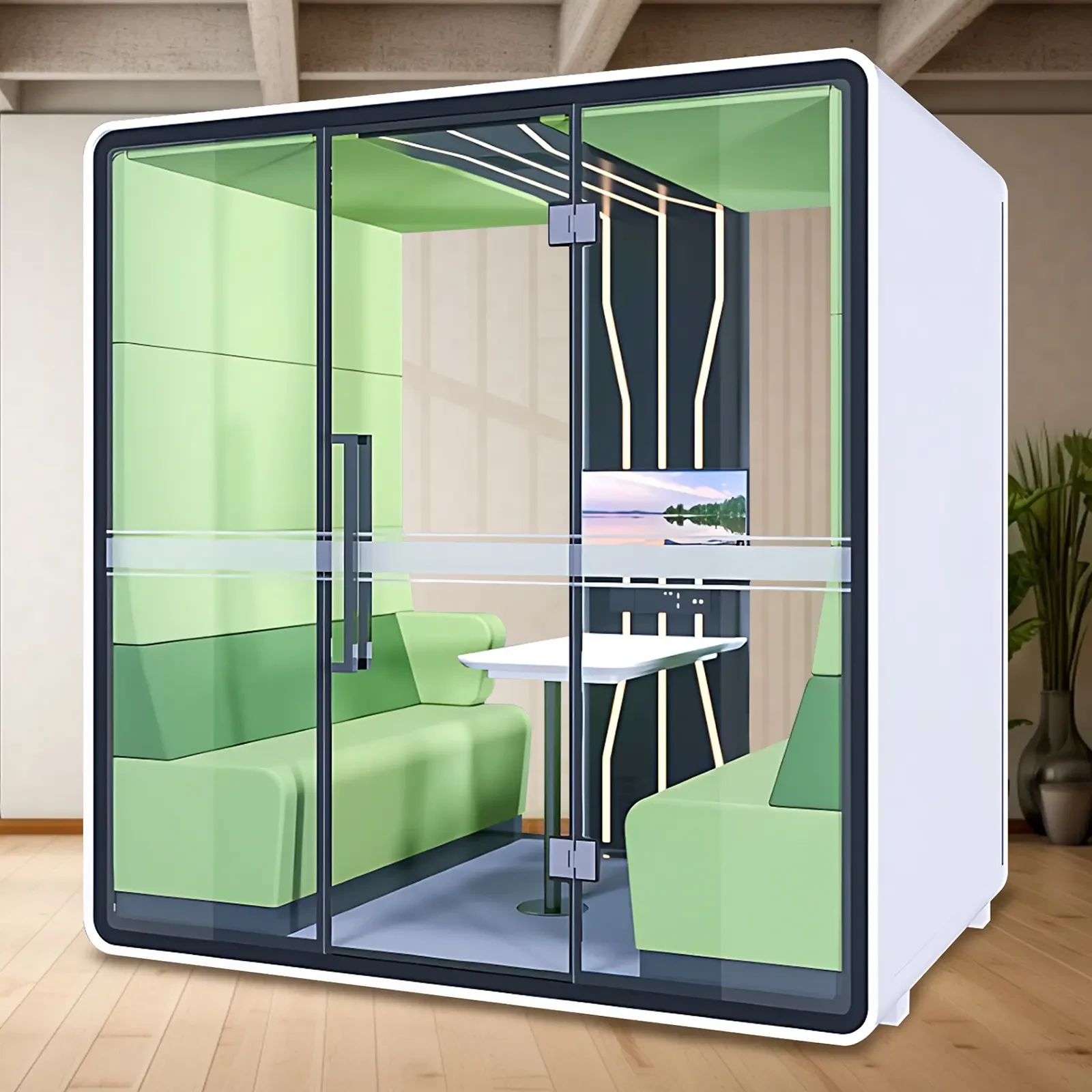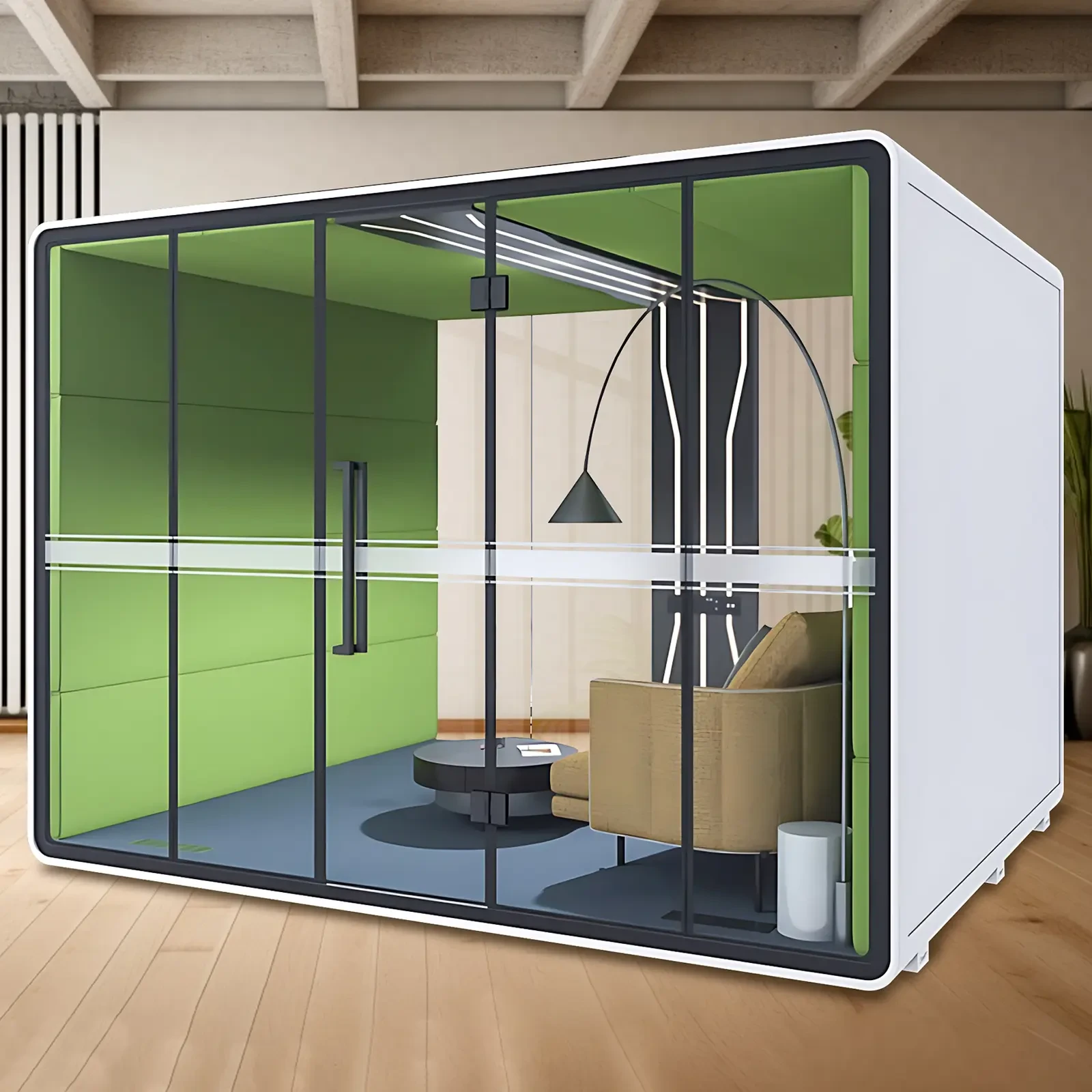Have you ever been kept awake by the roar of a punch press in your workshop? Or have your experimental data been distorted by fluctuations in ambient noise? "Anechoic rooms" are quietly becoming the "guardians of silence" in industry, scientific research, and high-end manufacturing. This article takes a deep dive into the principles, classifications, and practical applications of anechoic rooms, from structural design to noise reduction levels. It thoroughly explains what truly "high sound insulation" means, and includes purchasing advice—making every penny count. Whether you're an engineer, a lab worker, or a professional seeking a quiet office environment, you'll find a "silent solution" that's just right for you.
What is an anechoic room? It's more than just "soundproof walls"!
Anechoic rooms, also known as silent chambers or soundproof rooms, are enclosed spaces constructed with specialized structural design and high-density materials to minimize external noise while preventing internal sound from escaping. 🎯 This isn't just any "thickened wall," but an "acoustic fortress" that integrates sound absorption, sound insulation, and vibration reduction technologies.
Simply put, it's like a "silent helmet" for machines or people: when a punch press or crusher is operating, the deafening noise is invisible from outside, and the operator inside can focus on their work without being disturbed.
It's widely used in applications that are extremely sensitive to ambient noise, such as precision laboratory testing (such as acoustic testing), electronic equipment debugging, audio recording, medical testing, and high-precision instrument calibration.
How does high sound insulation achieve this? Three core technologies revealed!
A truly powerful anechoic room can achieve a sound insulation rating of 40-65dB (decibels), equivalent to reducing the roar of a factory to the whisper of a library. How does it achieve this?
1. Double- or triple-layer composite wall: A combination of steel plate + rock wool + acoustic panels creates a "mass-damping-sound absorption" chain. Like a Russian nesting doll, the walls are encased in layers, preventing sound from getting through. 2. Elastic Vibration Damping Foundation: Use rubber pads or spring dampers when installing equipment to prevent vibration from transmitting through the floor to the walls—an invisible sound leak often overlooked in ordinary soundproof rooms.
3. Sealing and Door/Window Design: All joints must be sealed, and doors should be airtight, or even equipped with double-layer soundproof doors, to prevent even tiny gaps from becoming sound channels.
Common industry indicators include:
- NR Value (Noise Reduction Rate): Generally ≥35dB, with high-quality systems reaching over 50dB.
- STC Value (Sound Therapy Certification): 45-60, indicating isolation of most mid- and high-frequency noise.
- Reverberation Time: Keep to under 0.2 seconds to ensure sound does not bounce or reverberate.
Which type of soundproof room is right for you? Choose the right model based on your application.
Don't assume that "bigger is better" when it comes to soundproofing! Different uses require distinct designs:
① Laboratory Silent Rooms: Commonly used for acoustic measurements, biological experiments, and electromagnetic compatibility testing, they require extremely tight containment and constant temperature and humidity. Typically measuring 2m x 2m x 2.5m, they are equipped with a specialized ventilation system and shielded cabin, with prices starting from approximately 80,000 to 200,000 yuan.
② Industrial Press/Pulverizer Silent Rooms: Designed specifically for heavy equipment, they feature a more robust structure and emphasize earthquake and explosion resistance. They can accommodate large equipment and utilize modular assembly for fast construction and easy relocation, making them ideal for temporary isolation in factory workshops. Budgets range from approximately 50,000 to 150,000 yuan.
③ Office/Conference Silent Rooms: Small, independent cubicles ideal for video conferencing, remote calls, or deep work. They offer a simple design, customizable colors and lighting, and some feature transparent viewing windows. They provide a high value, ranging from 30,000 to 80,000 yuan.
Tip: If you're a university or research institution, consider EMC shielding. If you're upgrading a small or medium-sized production line, modular, detachable models are recommended for cost savings and flexibility.
Buying Guide & Common Misconceptions
Don't be fooled by "free trials" or "low-cost installation packages"! Avoid these pitfalls:
❌ Misconception 1: Focusing on thickness, not material combination: Blindly pursuing "thick walls," without a sound-absorbing layer, will reflect sound back into the room, making it even noisier.
❌ Misconception 2: Ignoring ventilation and heat dissipation: Equipment generates heat over time, and without a professional air duct system, this can lead to overheating and even fire risks.
❌ Misconception 3: Failing to conduct on-site acoustic testing: Sound insulation should be measured by a third party after construction. Relying solely on manufacturer's advertised specifications can lead to inflated estimates by over 20%.
✅ The Right Way:
- Prefer manufacturers with ISO 140 or ASTM E90 certification.
- Request a "Sound Insulation Performance Test Report."
- Verify that moisture-proof, fire-resistant, and corrosion-resistant treatments are included.
Conclusion
Anechoic rooms are no longer a "luxury item" but an indispensable "sound shield" for modern industry and scientific research. Whether you're looking to improve experimental accuracy or protect employee hearing health, a scientifically designed, high-intensity soundproofing room can make a real difference.
Remember: a truly excellent soundproof room isn't just about being "audibly quiet"; it's also about being "measurably quiet." Choose the right type based on your needs, focus on key parameters, and avoid common pitfalls to maximize your investment—after all, true efficiency often begins with "peace and quiet." 🎧

 USD
USD
 GBP
GBP
 EUR
EUR






